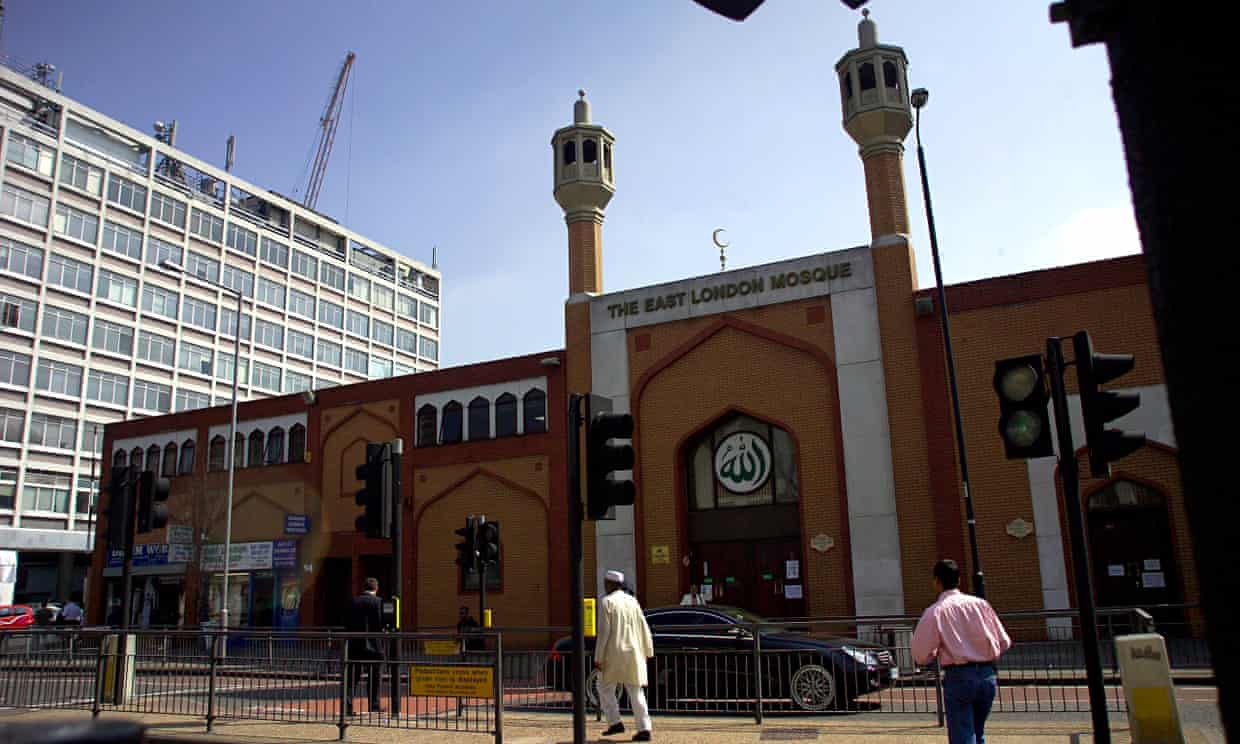Ilir Disha, James C. Cavendish and Ryan D. King
Social Problems
Vol. 58, No. 1 (February 2011), pp. 21-46
(article consists of 26 pages)
Abstract:
This research investigates variation in hate crime offending against Arabs and Muslims across U.S. counties in the months before and after September 11, 2001. Four questions are of particular interest. First, what were the determinants of anti-Arab and Muslim hate crimes prior to 9/11? Second, in what social contexts were Arabs and Muslims at greatest risk of victimization? Third, to what extent did hate crimes against these groups increase after the terrorist attacks? And last, did the predictors of hate crimes against Arabs and Muslims change appreciably after 9/11? Findings show that hate crimes targeting Arabs and Muslims increased dramatically in the months following 9/11, although the structural determinants and geographic concentration of these crimes remained largely consistent after the attacks. Negative binomial regression results further suggest that counties with larger concentrations of Arabs and Muslims have higher incidents of such hate crimes, which likely reflects the availability of targets for this type of offending. At the same time, the likelihood of victimization for a given Arab or Muslim person is lowest in counties where the percent Arab or percent Muslim is highest, in line with a power-differential perspective on discrimination and intergroup violence. The findings imply that terrorist attacks may indeed incite retaliation and set off a wave of hate crime offending, but the location of these crimes is likely to remain consistent after a galvanizing event.






